Best Acer species for southern california
Soumil Yarlagadda
2 years ago
Featured Answer
Comments (16)
ken_adrian Adrian MI cold Z5
2 years agodavidrt28 (zone 7)
2 years agolast modified: 2 years agoRelated Professionals
Mequon Landscape Contractors · Pahrump Landscape Contractors · Round Lake Landscape Contractors · Comstock Park Landscape Architects & Landscape Designers · Chattanooga Landscape Architects & Landscape Designers · Burien Landscape Contractors · Indio Landscape Contractors · Hueytown Landscape Contractors · Estero Decks, Patios & Outdoor Enclosures · Glen Ellyn Landscape Architects & Landscape Designers · Jennings Landscape Architects & Landscape Designers · San Juan Landscape Architects & Landscape Designers · Chesapeake Ranch Estates Landscape Contractors · Dixon Landscape Contractors · Ridgefield Park Fence Contractorsdavidrt28 (zone 7)
2 years agoken_adrian Adrian MI cold Z5
2 years agoSoumil Yarlagadda
2 years agogardengal48 (PNW Z8/9)
2 years agoSoumil Yarlagadda
2 years agoSoumil Yarlagadda
2 years agoSoumil Yarlagadda
2 years agoViburnumValley central KY Bluegrass z6
2 years agoSoumil Yarlagadda thanked ViburnumValley central KY Bluegrass z6Soumil Yarlagadda
2 years agokittymoonbeam
2 years agolast modified: 2 years agokittymoonbeam
2 years agoSoumil Yarlagadda
2 years ago
Related Stories
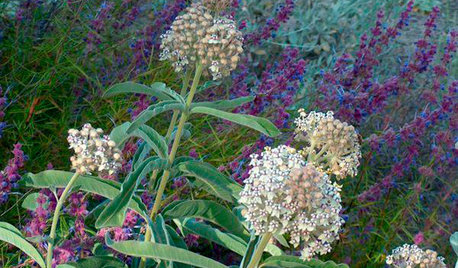
GARDENING GUIDES10 Top Native Plants for Southern California Gardens
Enjoy a fuss-free, water-wise garden by growing plants naturally in tune with the climate and wildlife of Southern California
Full Story
INSPIRING GARDENSNative Plants Bring 10 Southern California Front-Yard Gardens to Life
Rare plants, rain gardens and wildlife habitats are just a few of the features showcased on the 2016 Theodore Payne Native Plant Garden Tour
Full Story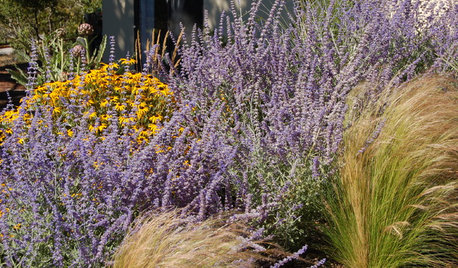
CALIFORNIA GARDENINGSouthern California Gardener's November Checklist
Sow wildflower seeds while ye may, give berries some love and pay attention to produce for garden veggies all winter long
Full Story0
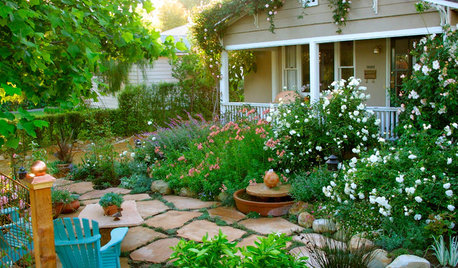
GARDENING GUIDESSouthern California Gardener's October Checklist
Get planting happy this month — so many natives, bulbs, cool-season flowers and vegetable crops to choose from, so little time ...
Full Story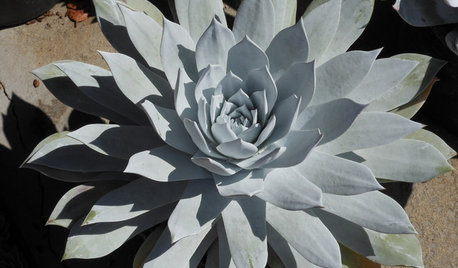
GARDENING GUIDESGreat Design Plant: Dudleya, a Dramatic California Native
Set up this succulent in native conditions and see just how little care it needs to thrive in the landscape
Full Story
LANDSCAPE DESIGNCalifornia Says Goodbye to the Sprawling Ornamental Lawn
New state rules will effectively limit turfgrass to 25 percent of the landscape in most new and renovated yards
Full Story
GARDENING GUIDES10 Top California Native Plants, Trees and Grasses
Enjoy a fuss-free, water-wise garden in the Golden State by growing plants naturally in tune with the climate and wildlife
Full Story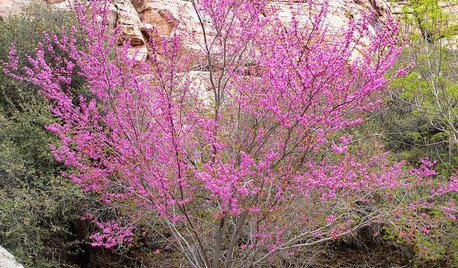
GARDENING GUIDES10 Top Native Plants for Northern California Gardens
Enjoy a fuss-free, water-wise garden by growing plants naturally in tune with the climate and wildlife of Northern California
Full Story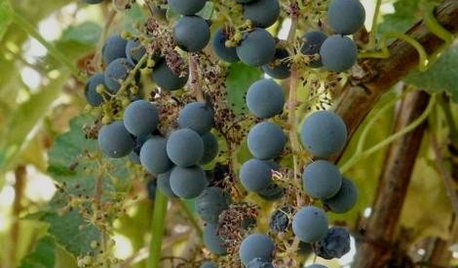
GARDENING GUIDESGreat Design Plant: Try California Wild Grape for Interest All Year
Sure, it’s stunning in fall. But the spring buds, summer grapes and gnarled winter vines are gorgeous too
Full Story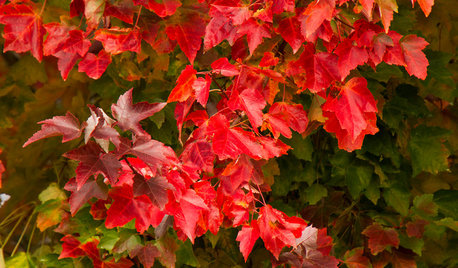
TREESGreat Design Plant: Acer Rubrum Brings Shade and Beauty
Red maple — a fast-growing, low-maintenance Eastern native — has spectacular fall foliage and early-spring flowers that feed pollinators
Full StoryMore Discussions






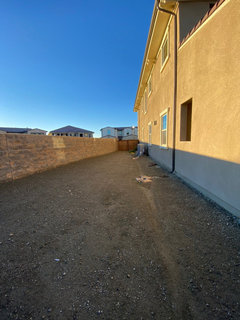

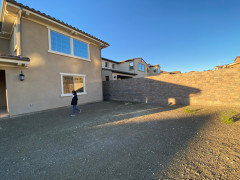
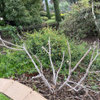
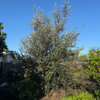
gardengal48 (PNW Z8/9)